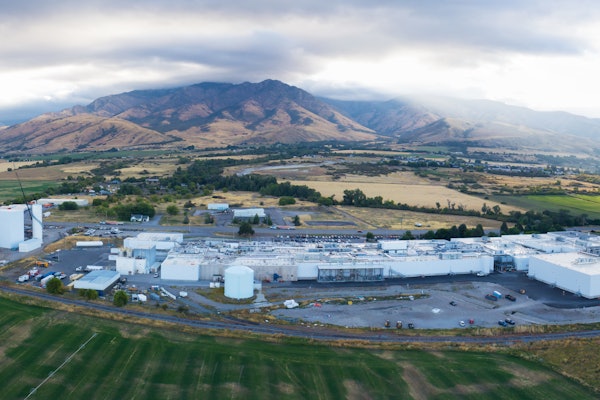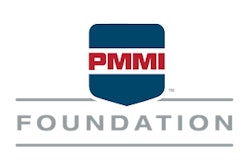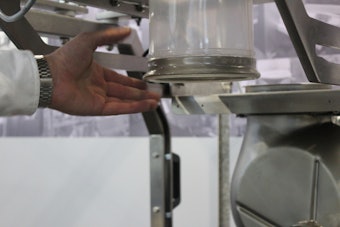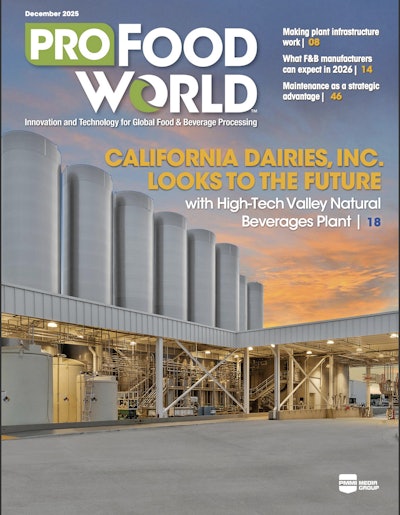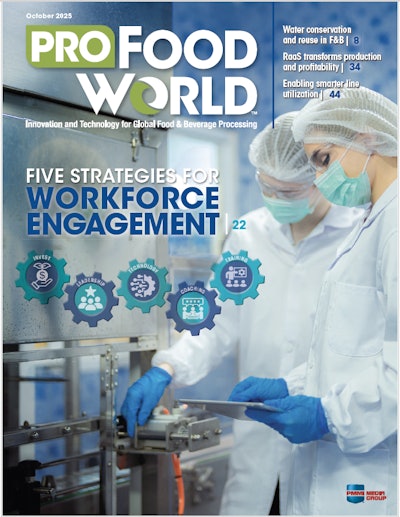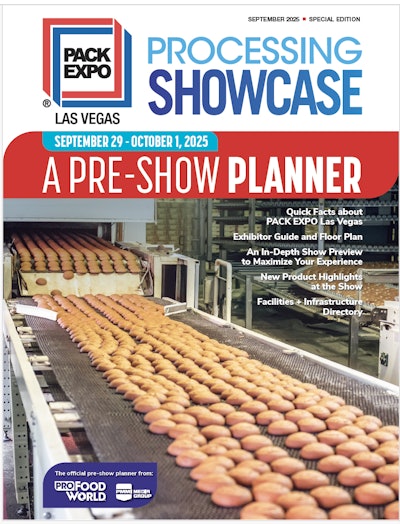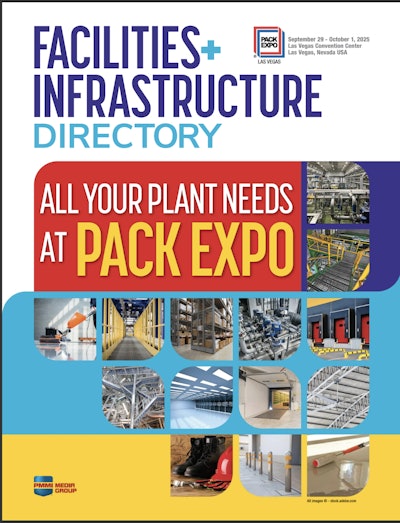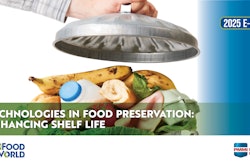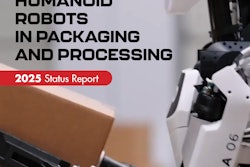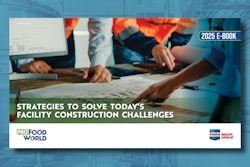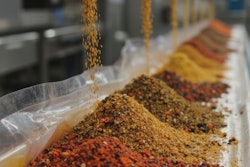One of the often-quoted definitions of sustainability is: “Development that meets the needs of the present without compromising the ability of future generations to meet their own needs.”* At the 2013 Global Sustainability Summit, organized by the Food Marketing Institute and the Grocery Manufacturers Assn., held in mid-August in Seattle, presenters shared their experiences and insights on preserving resources—including food, packaging materials, energy, and water—to meet today’s needs as well as those of a population estimated to grow to between 9 billion and 11 billion by 2050.
The conference, titled “Uncover the Possibilities,” encouraged attendees to look to innovation for solutions to this challenge. In his presentation, “Looking Around the Corner: Emerging Sustainability Issues,” Steven Swartz, Partner at McKinsey & Company, said, “My view of sustainability is that the job that everybody in this room has and the work that we are doing is to solve this problem: We are unlocking a massive wave of human consumption, while at the same time, the scientific consensus is that we need an 80-percent absolute reduction in emissions over 1990. To me, this is a nominal opportunity. If we are going to spike demand, and we are going to reduce emissions, there is a whole lot of innovation that has to happen. If we stay in the traditional models of how industry has worked in the past, we can’t get there from here. Product sustainability is about proactive innovation.”
Starbucks Chief Creative Officer; President, Global Development and Evolution Fresh Retail, Arthur Rubinfeld, in his presentation, “Sustainable Design is Good Business,” treated attendees to an “around-the-world” tour of some of Starbucks’ innovative, sustainably designed stores. Among them were stores using reclaimed and locally sourced construction materials, such as recycled shipping containers. Said Rubinfeld, “To us, sustainability is about maintaining our sense of humanity while remaining profitable.”
Another environmental achievement Rubinfeld cited is Starbucks’ use of alternative energy sources in 60% of its U.S. stores, reducing energy consumption by 27%. In addition, the company’s packaging material reduction goals include less use of paper, more in-store use of ceramic cups, and the development of recyclable single-serve cups. “One thing people don’t understand about making coffee cups recyclable is that a nonrecyclable coating has to be used inside the cup to hold the hot beverage,” said Rubinfeld. “We are coming up with ways that we believe we can address this.”
The food waste challenge
One major topic of the conference—and a major initiative of the FMI, GMA, and the National Restaurant Assn. (NRA) through their Food Waste Reduction Alliance initiative—was how to reduce and divert food waste. Opening a pre-summit session titled, “Conquering Food Waste: An Interactive Dialogue with Thought Leaders,” independent Senior Corporate Sustainability Advisor Kai Robertson set the stage for the discussion by detailing a number of food waste statistics:
• At 21%, food waste scraps exceed any other kind of municipal solid waste to landfill (MSWL), per 2009 statistics
• 67 billion lb of food are disposed of in the U.S. annually—two times the amount since 1974
• 47 million Americans are in poverty
• The societal and economic cost of hunger and food insecurity is $167.5 billion annually
• The food wasted each year could provide four meals per day for one year for those in poverty
• 25% of food bought by households is wasted.
As for the environmental cost, Robertson related that if 40% of food produced is not eaten, that represents approximately 25% of the global water use and 300 million barrels of oil, and results in 15% of U.S. methane in landfills.
Currently, a percentage of food waste is diverted for animal feed, donation for human consumption, and composting/energy recovery, but there is much more work to be done. “Food diversion provides an answer to a lot of the issues we have,” said Robertson. “It saves money, generates revenue, feeds the needy, reduces GHGs, and eases the demand for natural resources.”
The food waste/packaging connection
Throughout the conference, the issue of packaging as a solution to—and as a cause of—food-waste was raised. In an offline conversation with Packaging World, Ron Cotterman, Vice President of Sustainability for Sealed Air, related that he has been following the issue of food waste and its relationship to packaging for about four years. “Five or 10 years ago, people didn’t ask what packages were made of,” he said. “But then something happened to raise the awareness of packaging [e.g., the Walmart Sustainability Scorecard and the Sustainable Packaging Coalition]. Now we are more concerned about what packaging is made of than its performance.”
But this focus on reducing packaging materials and a fear of overpackaging has had a deleterious effect on packaging performance. According to Cotterman, a recent unsalables study showed one reason the amount of unsalables has risen is due to greater sustainable packaging initiatives such as lightweighting and material reduction. “Don’t forget why we have packaging,” he warned.
Among the solutions to food waste facilitated by packaging that Cotterman suggested are control of portioning; reclosable packaging; and time and temperature technologies that monitor the supply chain to reduce the chance of spoilage before food reaches its destination.
Cotterman is also a member of AMERIPEN, the American Institute for Packaging and the Environment. One of the group’s goals is to create a better understanding of the role of packaging. As part of this effort, AMERIPEN recently published a brochure, “Chicken and Packaging: A Sustainable Partnership” (see pwgo.to/225), which Cotterman said provides a perfect example of how packaging can positively impact food safety and shelf life. As detailed in the brochure, over the past 40 years, advances in packaging have allowed the chicken industry to grow tremendously, by reducing contamination, extending shelf life, and enabling greater product variety.
Consumer confusion over labeling
Taking another tack on the impact of packaging and food waste, Dana Gunders, Project Scientist, Natural Resources Defense Council, told attendees at the pre-summit session that expired foods, and retailer and consumer confusion over product labeling related to expiration dates, are a major cause of food waste.
According to Gunders, food labeling falls into two buckets: 1.) B2B labeling dates that manufacturers use to communicate to retailers a “Sell By” date, and
2.) Use by/Best by dates. “Almost all dates on food do not have anything to do with safety,” she explained.
To better understand how expiration dates impact food waste, the NRDC partnered with Harvard Law School’s Food Law and Policy Clinic on “The Dating Game: How Confusing Food Date Labels Lead to Food Waste in America” (see pwgo.to/224), a legal analysis that looks at the tangle of federal and state laws related to date labels across all 50 states and presents recommendations for a new system for food date labeling.
“We are hoping for a more standardized system,” said Gunders. “We want the sell-by date to be coded information that the consumer doesn’t need to see. We’d like wording for the consumer that is more communicative. The whole system could benefit from greater communication.
“More focus should be placed on advising the consumer on storage and handling, not pushing for regulations. We would love to see the industry stepping up to do that.”
*




